|
Ros Davies' Co. Down, Northern Ireland Family History Research Site ©
Rosalind Davies 2001 |
The Parish of Saul
| Saul village | Church of Ireland, Saul | Ballysugah Catholic Church |
| St. Tassoch's Catholic Church | Carrowcarlin Catholic Church | Walshestown Castle |
| A story about Ballynarry townland | Quoile Castle |
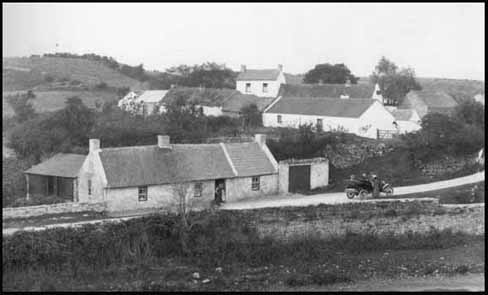 |
|
||
|
The old church was built around 1730 with stones taken from Saul Castle. It was on the site of the old Catholic chapel which was removed. Rev Eugene Magarry was pastor before his death in 1764 . The rector in 1830 was Rev.Edward Custis. The Ordnance Survey Memoirs of 1834 describe the church then as extremely old . It was rebuilt in 1835 with a grant of £270 from the Board of First Fruits. It is capable of holding 168 people. From 50 to 60 attend in winter and from 130 to 140 in summer. Its dimensions are 60 feet by 30 feet and the vicar was the Reverend R. Gustry. The oldest dated stone in the graveyard goes back to 1716 and there are four memorial tablets in the church which were transfered from the older building, of which all have been copied and are available. The old church was replaced in 1932 (see photo above) to commemorate the 1500th anniversary of the landing of St. Patrick at Ringban. Built of Mourne granite, with a modern round tower attached, it is essentially a parish church, but special services are held here on St. Patrick's Day each year, when pilgrims come to meditate and to pray.There is an ancient stone in the grounds. The minister in 1910 was Rev. John McCracken. Overlooking the parish church and the nearby Catholic church is a huge statue of St. Patrick, erected on Slieve William in 1938 to commemorate the saint's arrival. In 1933 Helen F. McCullen wrote a poem about the rebuilding of Saul Parish Church. Newspaper article from Down Recorder; Graveyard attached, gravestone inscriptions UHF Vol 7; email me for a gravestone look-up e ; UHF has baptisms 1817-1900 & marriages 1806-1900 ; |
| References;V17 p111,112, 113 OSM: LWAG p 26: MID p149,152: DR; GIC: DR 28 Nov 2001; O'L V1 p 237; Inv 2000 p 34;FR; POD; LM 1984 p 30 (photo of old church); LR 2013 cover (photo & old church p65); LR 2015 p75 |
 |
|
|||
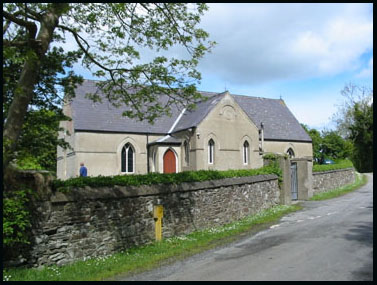 |
|
||
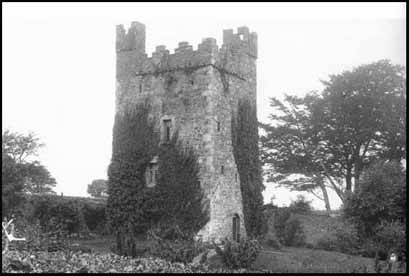 |
|
||
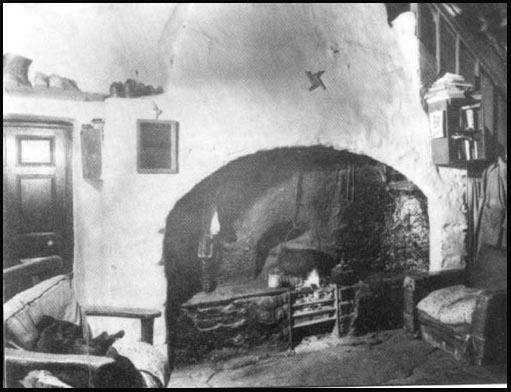 |
|
|
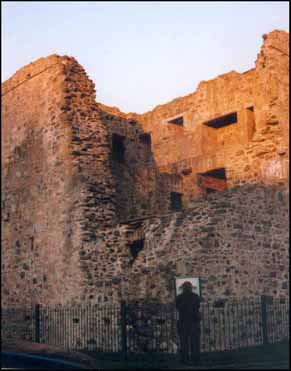 |
|
||
by Ros Davies
